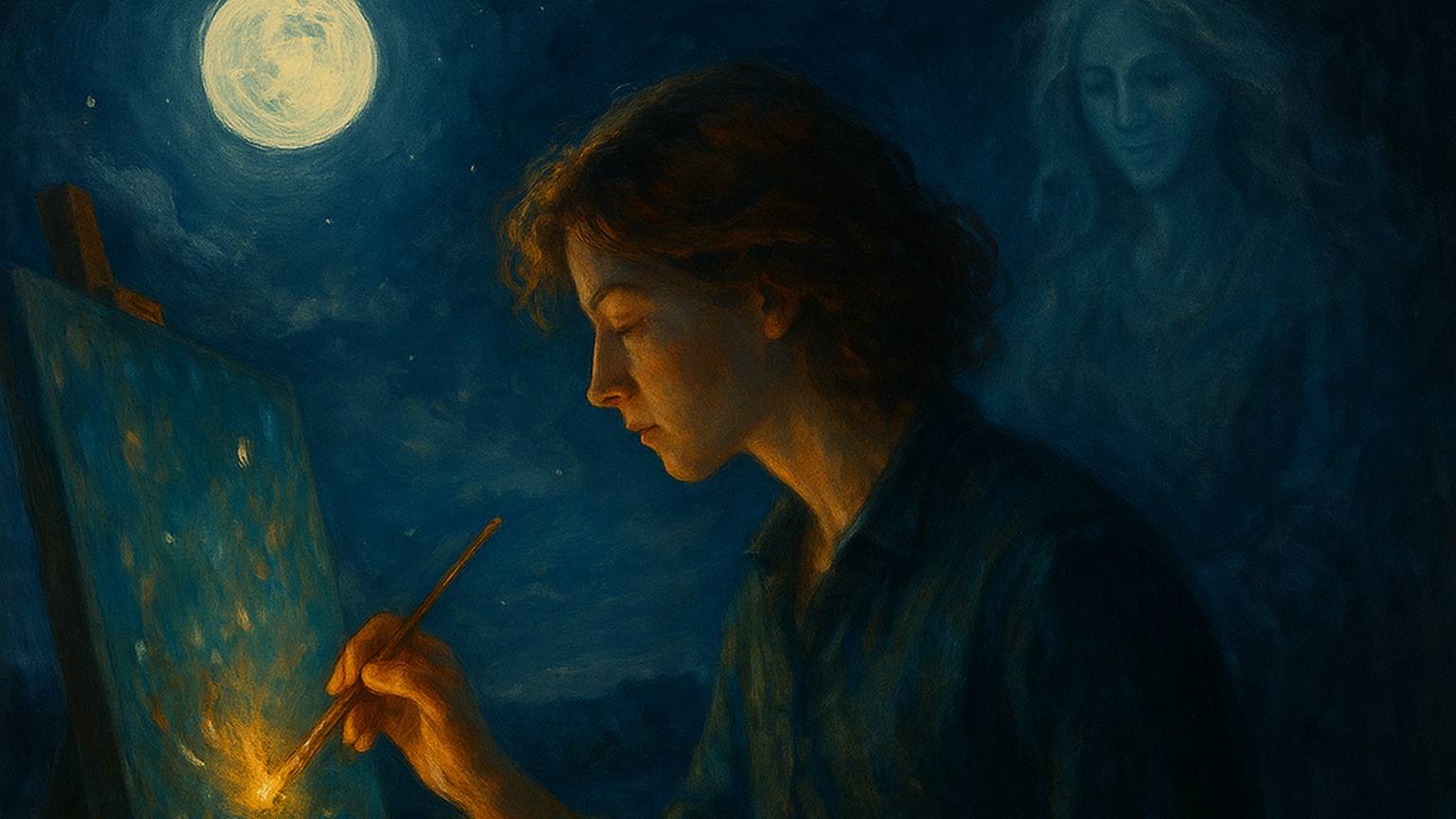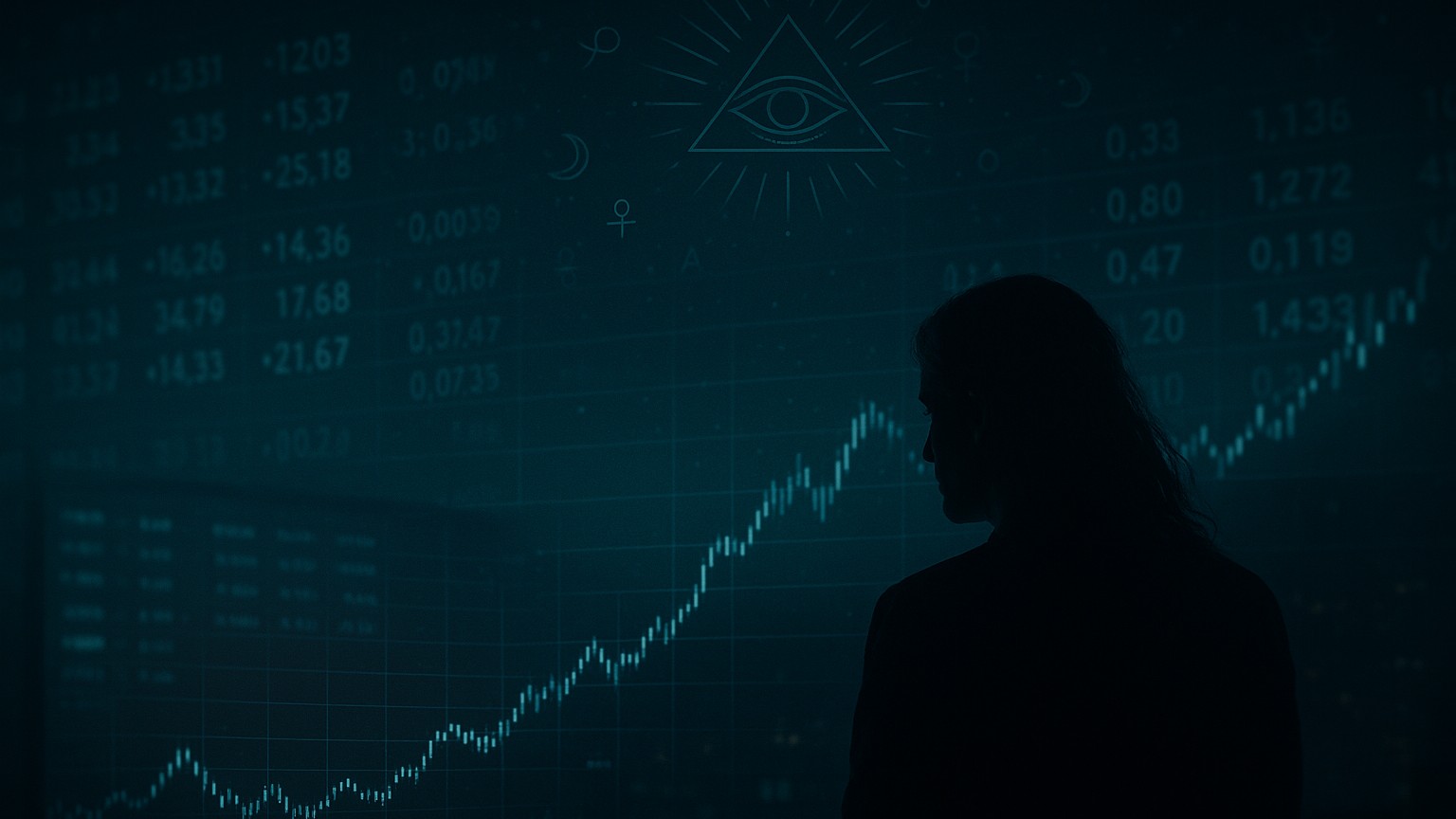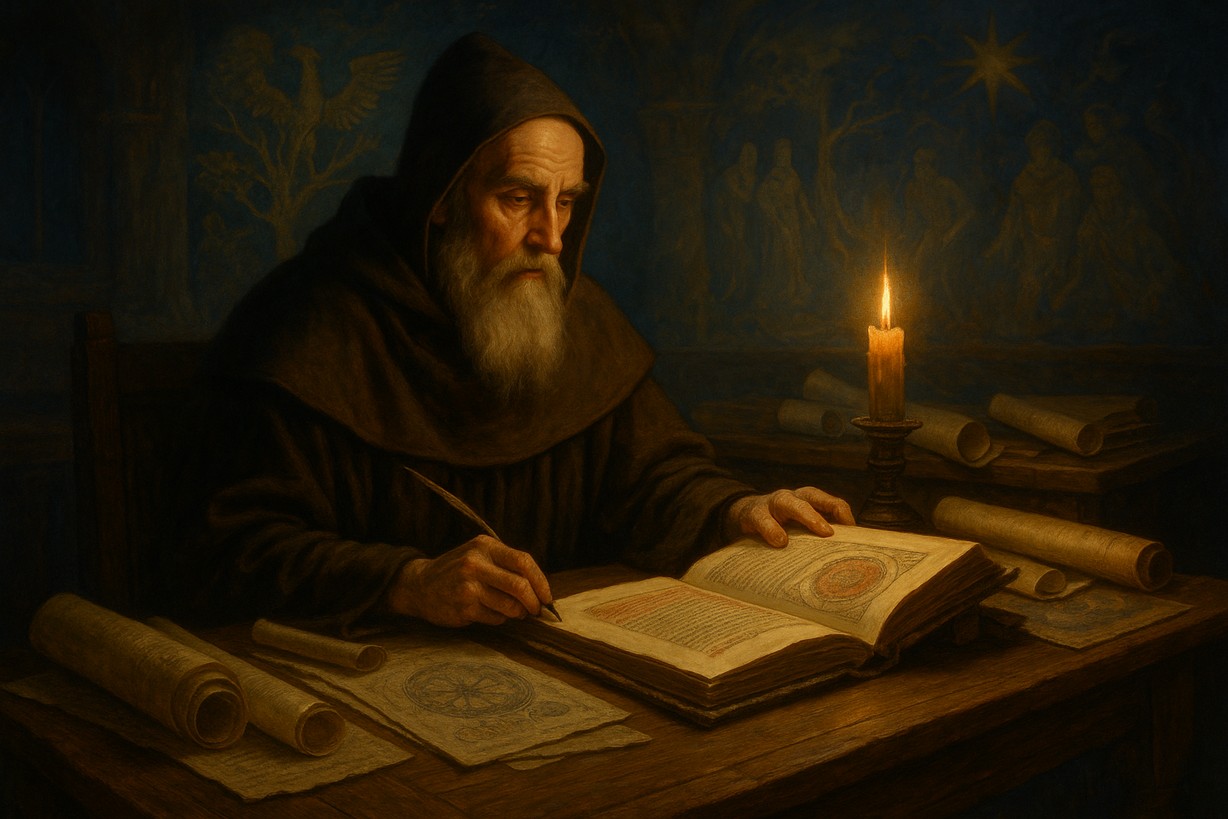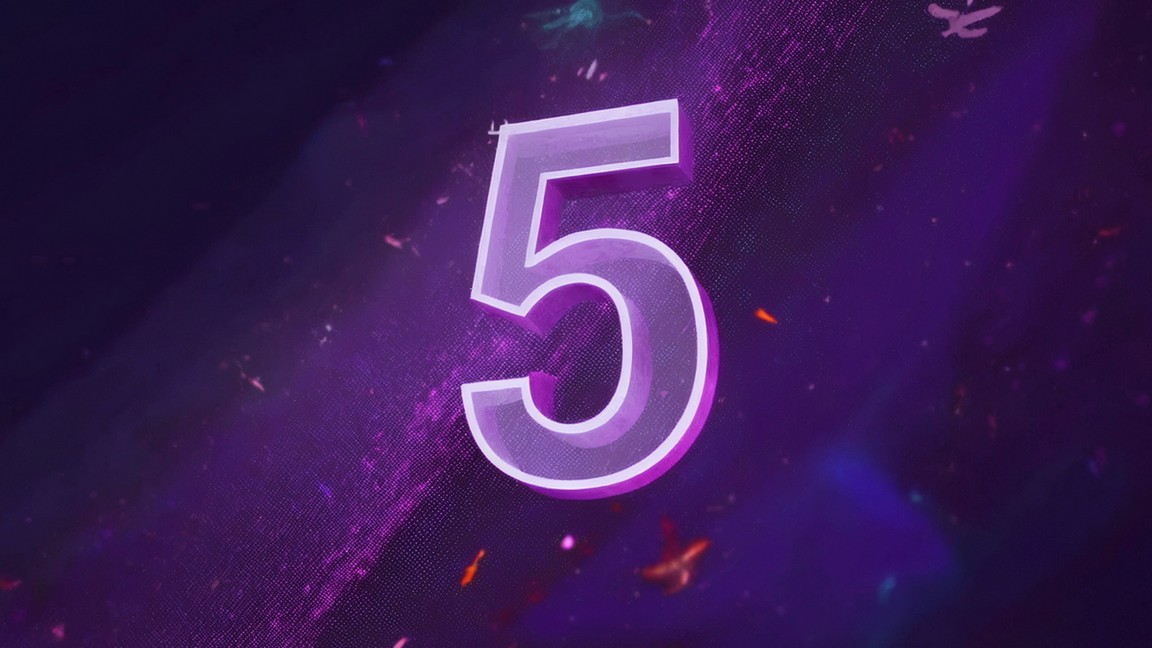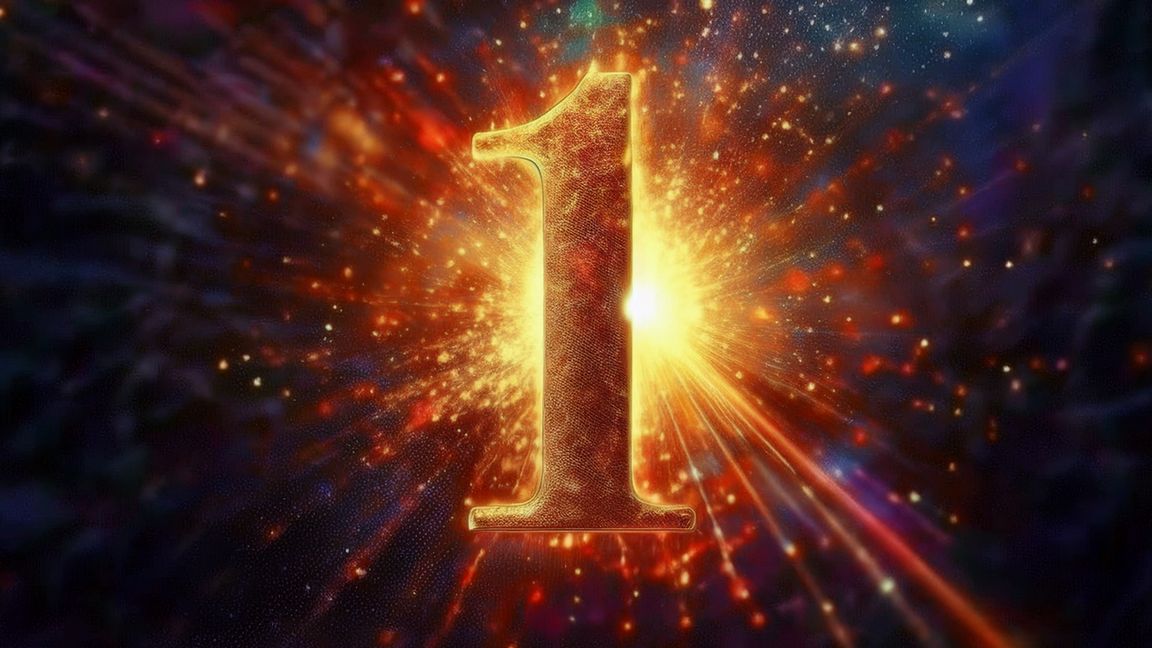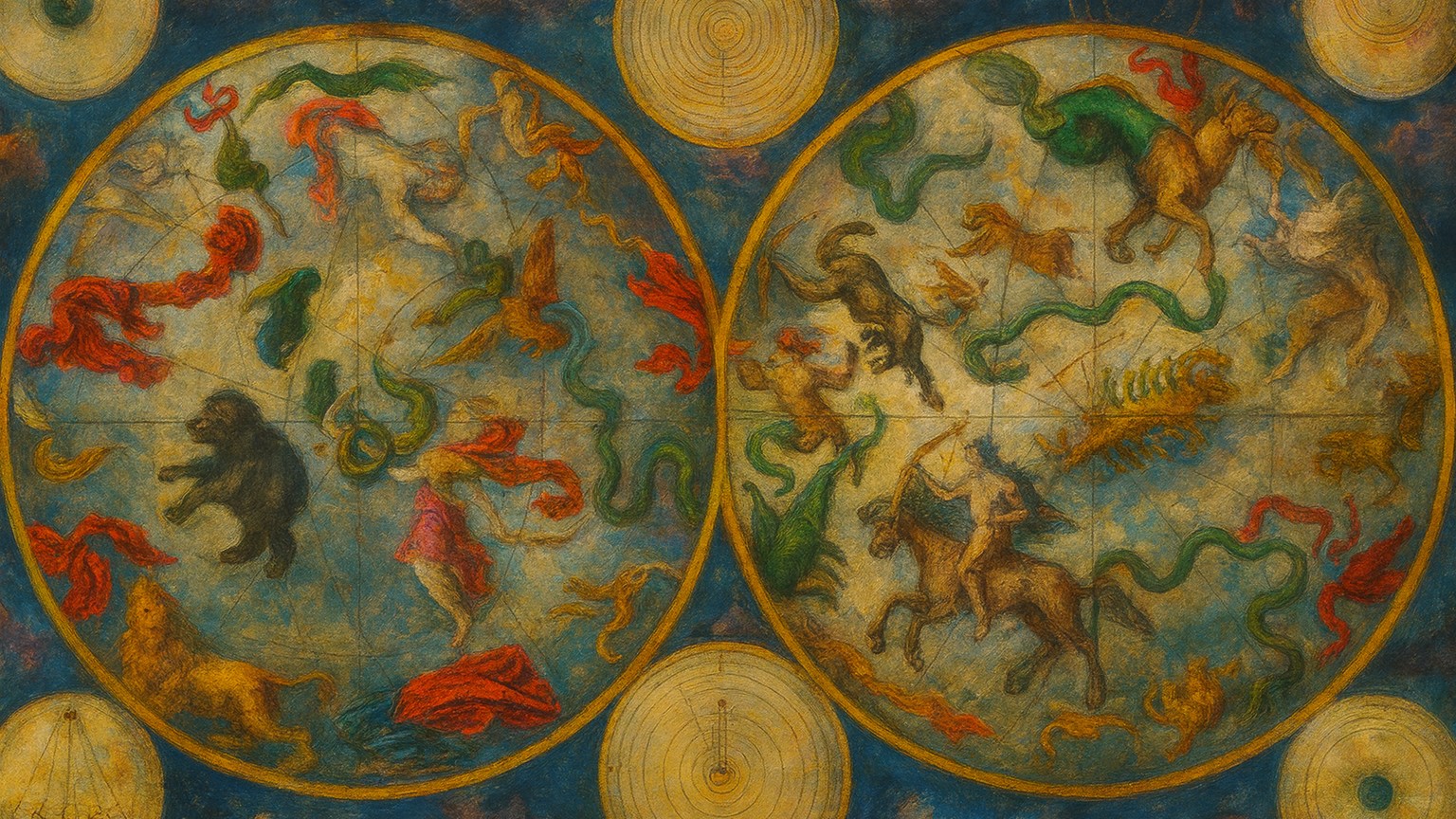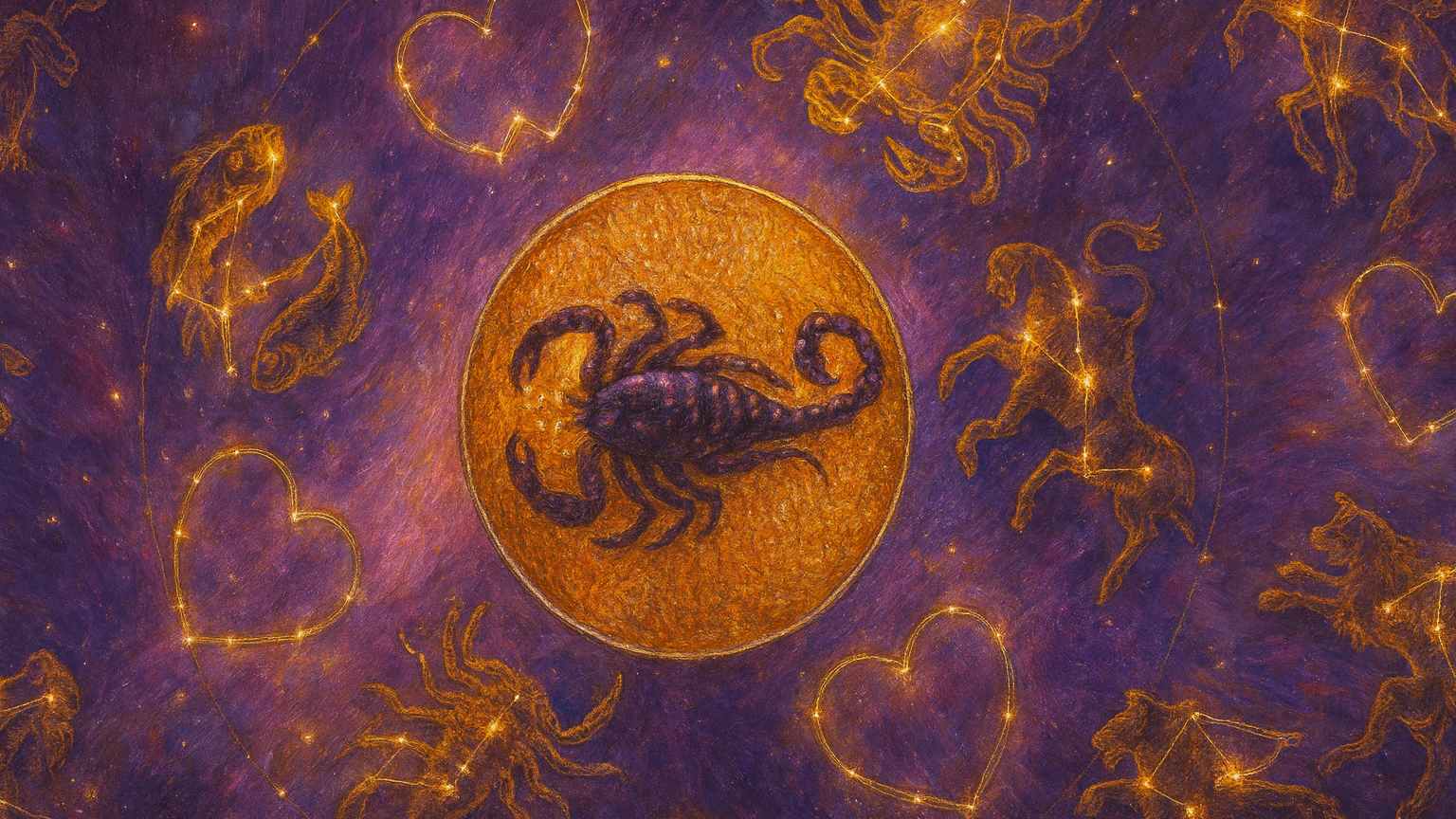Some artists describe their greatest works as if they arrived “from somewhere else.” A phrase, a color, a melody, or an image appears fully formed—unexpected yet unmistakably right. This kind of inspiration is more than imagination; it is intuition in motion. Many creators experience it as a spiritual current, a connection to something larger than the self that flows through the creative process.
Creativity as a receptive state
While technique, practice, and discipline shape artistry, intuition opens the channel. In quiet moments—late at night, during meditation, or in the middle of a mundane task—an idea may surface with absolute clarity. This receptive state allows artists to bypass overthinking and connect directly with symbolic, emotional, or even archetypal imagery that resonates deeply with audiences.
The spiritual dimension of artistic flow
- Flow dissolves the sense of self, making room for something larger to come through.
- Symbolism arises naturally, linking personal insight to universal themes.
- Time distorts; minutes feel like seconds, and hours pass unnoticed.
- The final work feels guided rather than constructed.
Sources of intuitive inspiration
- Dream imagery that carries emotional truth or prophetic symbolism.
- Sudden inner “downloads” of scenes, poems, or melodies.
- Synchronicities—meaningful coincidences that suggest a creative direction.
- Presence of ancestors, guides, or archetypal figures in meditation or visualization.
Working with the unseen
Artists throughout history have invoked muses, deities, ancestors, and spirits. Whether these forces are literal, symbolic, or psychological depends on one’s worldview—but the effect is the same: they widen the channel. Modern creatives may experience a guide as a quiet inner voice, a felt presence, or a sudden spark that aligns perfectly with their message.
Techniques for opening the intuitive channel
- Meditative sketching: allow lines or colors to emerge without intention.
- Automatic writing or drawing: bypass conscious planning to access deeper symbols.
- Sound journeys or breathwork to loosen rigid thought patterns.
- Moonlit walks or nature immersion to reset the nervous system.
- Keeping dream journals to harvest visuals, metaphors, and characters.
Intuition and craft: a balanced relationship
Intuition fuels originality, but craftsmanship brings it into form. An intuitive painter may receive an image instantly but spend months translating it onto canvas. A songwriter may hear a melody in a flash yet refine the arrangement through careful iteration. The integration of spirit and skill is what transforms inspiration into art.
When intuition feels blocked
- Creative droughts often signal emotional overwhelm or excessive mental chatter.
- Grounding rituals—breathing, stretching, or short meditations—can reopen the channel.
- Engaging in playful, low-pressure creative acts can bypass resistance.
- Sometimes the silence means new material is incubating below the surface.
The artist as a bridge
Artists translate the unseen into the seen. They give shape to emotions others cannot articulate and reveal meanings that lie beneath ordinary perception. In this way, the intuitive artist acts as a bridge between worlds—spiritual, emotional, and physical—making the invisible beautifully visible.
Closing reflection
Intuition reminds us that creativity is not something we force; it is something we open to. When artists listen deeply and follow the subtle threads from the spiritual realm, they create work that touches people not just visually or intellectually, but soulfully. That is the power of intuition—art that feels alive, guided, and timeless.


